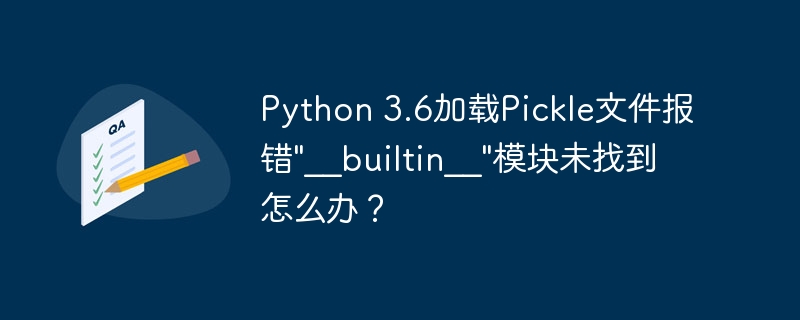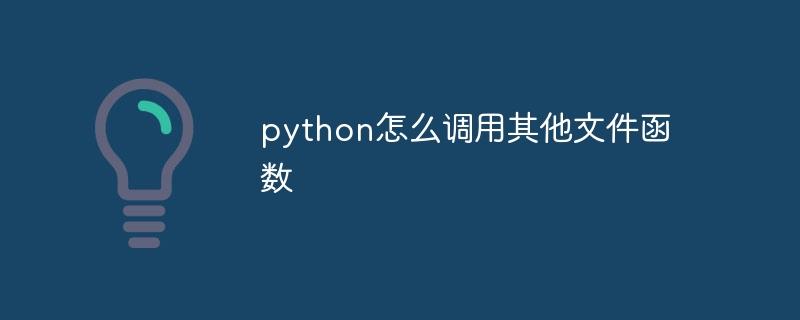深入解析第十天难题:多路径深度优先搜索
第十天难题延续了第六天的二维网格模式,但挑战升级为寻找多条路径。本文将详细阐述如何巧妙运用深度优先搜索算法(DFS)解决此问题。
 copilot提供的AI拼图插图
copilot提供的AI拼图插图
地图用一个字典表示,键为(x, y)坐标,值为该点的高度(0-9,9为峰值)。以下代码实现了地图解析:
def parse(input: str) -> dict[tuple[int, int], int | None]:
return {
(x, y): int(item) if item.isdigit() else None
for y, row in enumerate(input.strip().splitlines())
for x, item in enumerate(row)
}路径查找规则:每一步高度必须增加1。代码如下:
trail_max = 9
def next_step(
topo_map: dict[tuple[int, int], int | None], x: int, y: int
) -> tuple[tuple[int, int], ...]:
assert topo_map[(x, y)] != trail_max
return tuple(
incoming
for incoming in (
(x + 1, y),
(x, y + 1),
(x - 1, y),
(x, y - 1),
)
if (
isinstance(topo_map.get(incoming), int)
and isinstance(topo_map.get((x, y)), int)
and (topo_map[incoming] - topo_map[(x, y)] == 1)
)
)起点(高度为0的点)的查找函数:
trailhead = 0
def find_trailheads(
topo_map: dict[tuple[int, int], int | None],
) -> tuple[tuple[int, int], ...]:
return tuple(key for key, value in topo_map.items() if value == trailhead)基于维基百科对深度优先搜索的定义:
深度优先搜索(DFS)是一种用于遍历或搜索树或图数据结构的算法。它从根节点开始,沿着每个分支尽可能远地探索,并在回溯之前遍历完所有分支。
 深度优先搜索动画示例(图片来自维基百科)
深度优先搜索动画示例(图片来自维基百科)
我们使用DFS算法实现爬升函数,寻找所有路径:
def climb(
topo_map: dict[tuple[int, int], int | None], trailheads: tuple[tuple[int, int], ...]
) -> dict[
tuple[tuple[int, int], tuple[int, int]], tuple[tuple[tuple[int, int], ...], ...]
]:
candidates: list[tuple[tuple[int, int], ...]] = [(head,) for head in trailheads]
result = {}
while candidates:
current = candidates.pop()
while True:
if topo_map[current[-1]] == trail_max:
result[(current[0], current[-1])] = result.get(
(current[0], current[-1]), ()
) + (current,)
break
elif steps := next_step(topo_map, *current[-1]):
incoming, *rest = steps
candidates.extend([current + (step,) for step in rest])
current = current + (incoming,)
else:
break
return resultelse 子句中的 break 用于处理路径走到死胡同的情况,避免无限循环。
爬升函数返回一个字典,键为(起点,终点)对,值为所有到达该终点的路径。
第一部分:计算可到达的独特峰值数量,即字典的键值对数量:
def part1(input: str) -> int:
topo_map = parse(input)
return len(climb(topo_map, find_trailheads(topo_map)))第二部分:计算所有路径的总数,即所有路径数量的总和:
def part2(input: str) -> int:
topo_map = parse(input)
return sum(
len(routes) for routes in climb(topo_map, find_trailheads(topo_map)).values()
)总结:本文详细介绍了使用深度优先搜索算法解决第十天难题的完整过程,并对代码进行了优化和解释。 通过对算法和代码的深入分析,展现了高效解决多路径搜索问题的思路。 最后,个人求职经历的分享也为文章增添了一丝人文色彩。
以上就是攀登深度优先搜索之山,《代码来临》第 10 天的详细内容,更多请关注知识资源分享宝库其它相关文章!
版权声明
本站内容来源于互联网搬运,
仅限用于小范围内传播学习,请在下载后24小时内删除,
如果有侵权内容、不妥之处,请第一时间联系我们删除。敬请谅解!
E-mail:dpw1001@163.com











发表评论